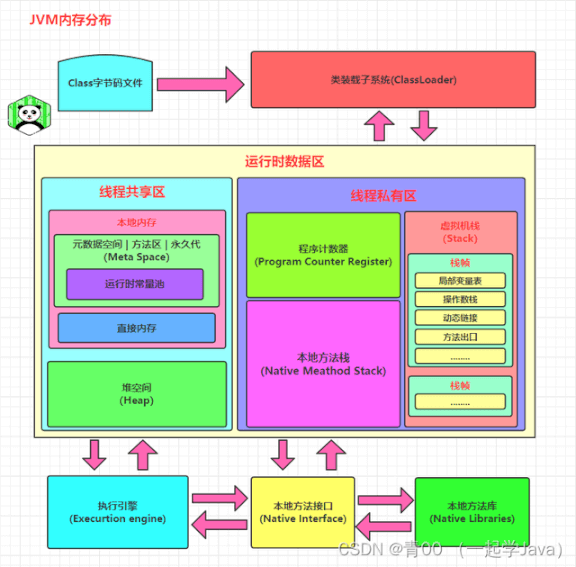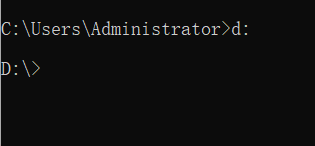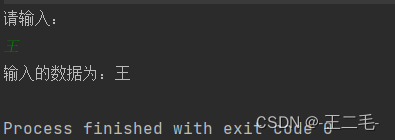JSP Spring ApplicationContext的国际化支持
1.ApplicationContext接口继承了MessageResource接口,因此使用ApplicationContext作为spring容器可以使用国际化资源文件。
2.在MessageResource接口中定义了两个主要用于国际化的方法:
String getMessage(String param,Object[] args,Locale loc) ; String getMessage(String param,Object[] args,String default,Locale loc) ;
ApplicationContext就是通过这两个方法来完成国际化的
3.国际化支持原理:当程序创建ApplicationContext时,Spring会自动查找配置文件中名为messageSource的Bean实例,如果找到这个实例,上面两个国际化方法的调用将会交给该Bean实例实现类;如果没有找到,将会沿着父类一直往上找;如果最终还是没找到,系统将会创建一个空的StaticMessageSource Bean,该Bean能接受上述两个方法的调用,但是是空实现。
4.通常在Spring中使用ResourceBundleMessageSource类来配置messageSource Bean。配置该Bean时需要提供一个参数basenames指定所使用的国际化资源文件的基本名,该参数值为list类型,因此需要使用元素来提供参数值
<bean name="messageSource" class="`org.springframework.context.support.ResourceBundleMessageSource">
<property name="basenames">
<list>
<value>message</value>
</list>
</property>
</bean>
<!--提供资源文件-->
//message_zh_CN.properties
welcome={0} . 欢迎光临!现在是北京时间:{1}
//message_en_US.properties
welcome={0} , welcome! now is:{1}
<!--在main程序中的调用-->
String name = act.getMessage("welcome",new String[]{"成兮”,new Date()},Locale.getDefault(Locale.Category.FORMAT)) ;
感谢阅读,希望能帮助到大家,谢谢大家对本站的支持!
以上就是JSP Spring ApplicationContext的国际化支持。不是哥说你,你能行!哥觉得你就应该是研究生,没问题你肯定行!更多关于JSP Spring ApplicationContext的国际化支持请关注haodaima.com其它相关文章!




